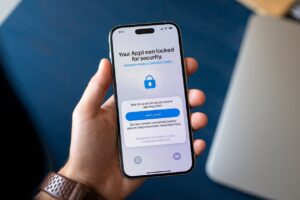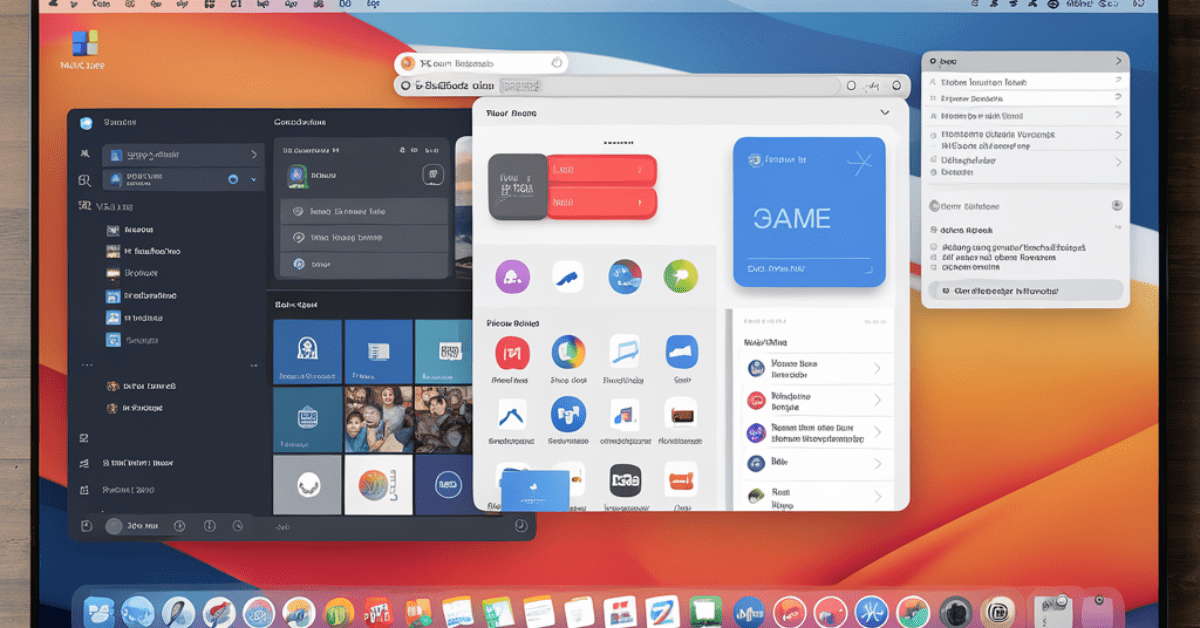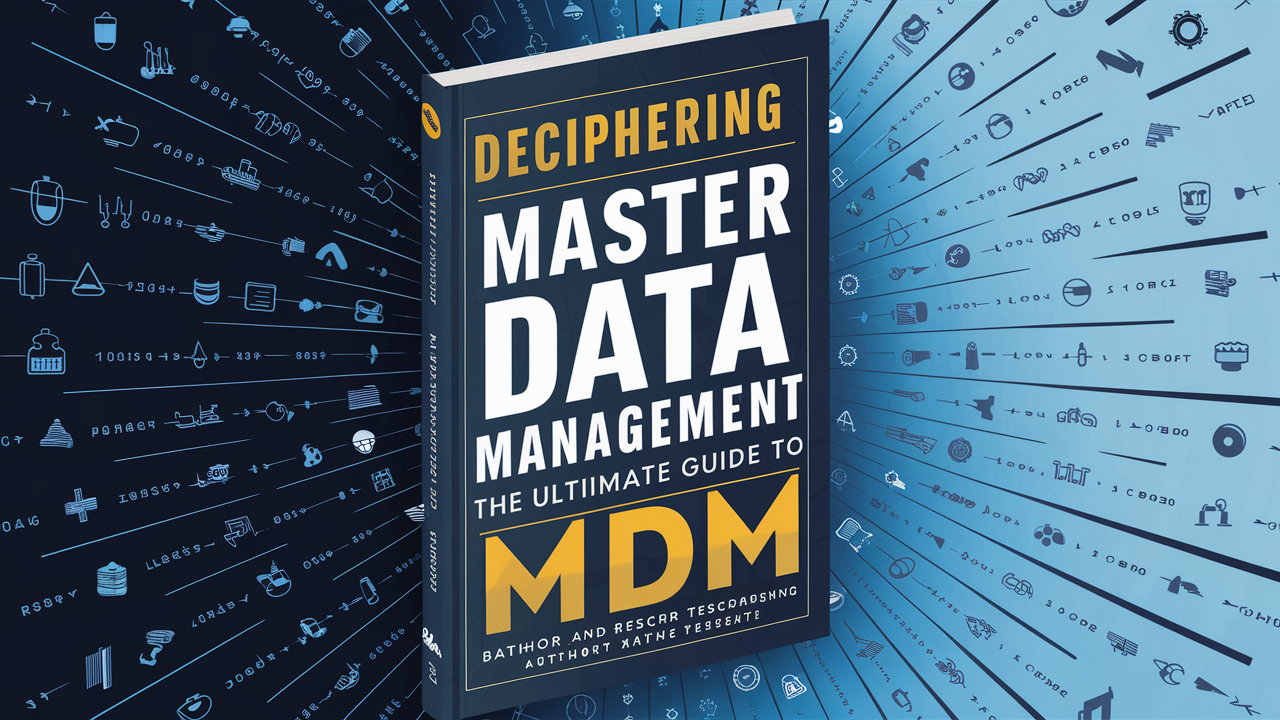Losing important files can be frustrating, especially when stored on a USB flash drive. Fortunately, following simple steps, deleted files can be recovered from USB without software.
This guide will walk you through various methods to retrieve your lost data, ensuring a straightforward and effective recovery process.
Understanding the Basics of USB File Deletion
Before diving into the recovery process, it’s essential to understand how files get deleted from a USB drive. When you delete a file, it doesn’t disappear permanently. Instead, the operating system marks that space as available for new data.
Thus, the deleted files remain on the USB drive until new data overwrites them. This is why acting quickly is crucial when you realize you’ve deleted something important.
Step-by-Step Guide to Recover Deleted Files from USB Without Software
Step 1: Check the Recycle Bin
The first step in recovering deleted files is to check your Recycle Bin (Windows) or Trash (Mac). If you accidentally deleted files from your USB drive while connected to your computer, they might be in the Recycle Bin.
- Open the Recycle Bin on your desktop.
- Look for your deleted files.
- If you find the files, right-click on them and select Restore.
Step 2: Use Command Prompt (Windows)
If the files are not in the Recycle Bin, you can use the Command Prompt to recover deleted files. This method uses a built-in Windows feature to access the file system.
- Insert your USB drive into your computer.
- Press Windows + R to open the Run dialog.
- Type cmd and press Enter to open the Command Prompt.
In the Command Prompt window, type the following command and press Enter:
chkdsk X: /f
- Replace X with the drive letter assigned to your USB drive.
- After the process, type Y to allow it to fix any errors on the USB drive.
- Restart your computer and check if your deleted files have been recovered.
Step 3: Use the File History Feature (Windows)
If you have previously enabled the File History feature, you can recover deleted files from your USB drive.
- Connect your USB drive to the computer.
- Go to Control Panel > System and Security > File History.
- Click on Restore personal files.
- Navigate through the available backups and find your deleted files.
- Select the files you want to restore and click on the Restore button.
Step 4: Restore Previous Versions (Windows)
Windows has a built-in feature that allows users to restore previous versions of files and folders. This can be particularly useful if you’ve recently lost files.
- Right-click on your USB drive in File Explorer.
- Select Properties.
- Go to the Previous Versions tab.
- If any previous versions are available, select one and click on Restore.
Step 5: Check Temporary Files
Sometimes, deleted files may still exist in temporary files created by the operating system or applications. Here’s how to check:
- Open File Explorer and navigate to C:\Users\[Your Username]\AppData\Local\Temp.
- Look for any files that might be related to the deleted files.
- If you find anything, copy it back to your USB drive.
Step 6: Use Windows Backup and Restore
If you have set up a backup on your Windows computer, you can use it to recover deleted files.
- Connect your USB drive to your computer.
- Go to Control Panel > Backup and Restore.
- Click on Restore My Files.
- Follow the prompts to find and restore your deleted files from the backup.
Step 7: Explore System Restore (Windows)
If you have created restore points on your computer, you can revert your system to a previous state and recover deleted files.
- Search for “System Restore” in the Start menu and open it.
- Click on Next and select a restore point.
- Follow the prompts to complete the restoration process.
- After the restart, check your USB drive for any recovered files.
Step 8: Check for Hidden Files
In some cases, files may not be deleted but merely hidden from view. Here’s how to check for hidden files on your USB drive:
- Open File Explorer and go to your USB drive.
- Click on the View tab in the ribbon.
- Check the box that says Hidden items.
- Look for your files; if you find them, you can unhide them by right-clicking and selecting Properties, then unchecking the Hidden attribute.
Preventing Future File Loss
To avoid losing important files in the future, consider implementing the following practices:
- Regular Backups: Back up your USB drive to your computer or cloud storage.
- Use Reliable Software: While this guide focuses on methods without software, reliable data recovery software can be beneficial.
- Safely Eject USB Drives: Always safely eject your USB drive to prevent data corruption.
- Organize Files: Regularly organize and clean your USB drive to ensure you know the available files.
Conclusion
Using the methods outlined in this guide, you can recover deleted files from a USB drive without software. From checking the Recycle Bin to using the Command Prompt, these steps provide a comprehensive approach to file recovery. Remember, acting quickly can make a significant difference in a successful recovery.
If you’re concerned about the long-term safety of your files, consider investing in a reliable backup solution or data recovery software. These tools can provide an added layer of security for your essential data, ensuring peace of mind for the future.













![Its purpose is to seal the combustion gases within the cylinders and to avoid coolant or engine oil leaking into the cylinders.[1] Leaks in the head gasket can cause poor engine running and/or overheating.](https://techspectrum.org/wp-content/uploads/2024/01/Head-Gasket.png)

